The announcement that breakdancing would be included in the 2024 Paris Olympics was met with a mix of excitement and curiosity. For some, it was a long-overdue recognition of a vibrant and influential art form; for others, it raised questions about whether the International Olympic Committee (IOC) was trying too hard to stay relevant. As we dive deeper into this decision, it becomes clear that while the inclusion of breakdancing in the Olympics is a significant nod to its cultural impact, it may have come too late to capture the essence of what made breakdancing a global phenomenon.
Breakdancing: A Movement of the Past
Breakdancing, or “breaking,” emerged from the streets of New York City in the 1970s as part of the broader hip-hop movement. It was a form of expression for marginalized communities, a way to reclaim public spaces and create something new and powerful out of the challenges they faced. Breaking was more than just a dance; it was a statement of resilience, creativity, and defiance against societal norms.
Throughout the 1980s and 1990s, breakdancing exploded in popularity, becoming a global sensation that influenced fashion, music, and popular culture. Movies like Beat Street and Wild Style brought the raw energy of breakdancing to mainstream audiences, and it wasn’t long before breaking battles were being held in cities around the world.
However, as with many cultural movements, the height of breakdancing’s influence eventually passed. While it remains a respected and practiced art form, its peak as a revolutionary cultural force is decades behind us. By the time the IOC decided to include breakdancing in the Olympics, the movement had already settled into a more established, less groundbreaking role in the cultural landscape.
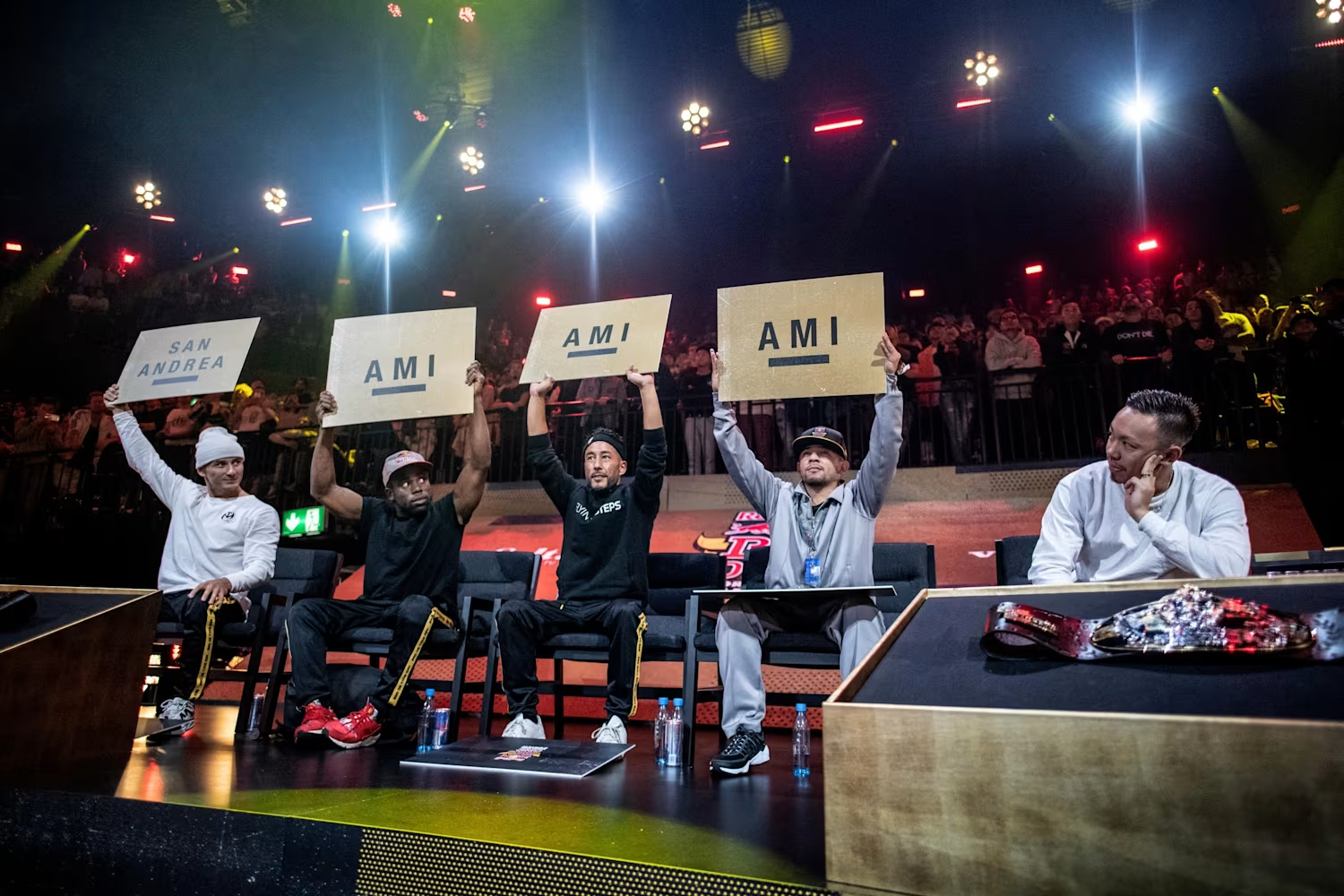
The IOC’s Attempt to Stay Relevant
The decision to include breakdancing in the Olympics can be seen as part of a broader strategy by the IOC to engage younger audiences and stay relevant in an ever-changing world. The inclusion of sports like skateboarding, surfing, and now breakdancing reflects a desire to tap into the energy and creativity of youth culture.
However, this move raises the question: Is the IOC too late to the party? Breakdancing’s inclusion might have had a more significant cultural impact if it had been introduced during the height of its popularity. By waiting until 2024, the IOC may have missed the opportunity to truly capture the essence of what breakdancing meant to the communities that created and nurtured it.
Cultural Significance vs. Olympic Timing
The Olympics have always been a platform for showcasing the best in human achievement, both in terms of athleticism and cultural expression. However, the timing of when a sport is introduced can greatly influence how it is perceived. In the case of breakdancing, the late inclusion feels more like a retrospective acknowledgment than a celebration of a living, breathing cultural movement.
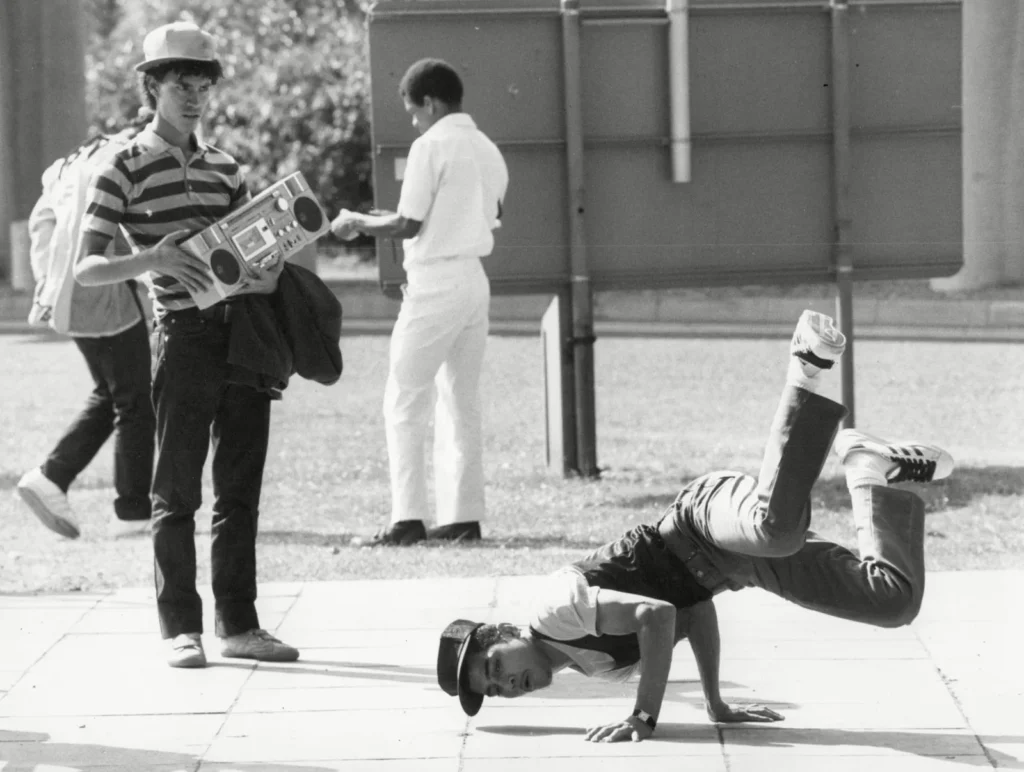
By the time breakdancing debuts in Paris, it will be viewed through the lens of nostalgia rather than as a cutting-edge cultural phenomenon. The IOC’s attempt to stay relevant may have inadvertently highlighted just how much the world—and the cultural landscape—has changed since breakdancing first burst onto the scene.
A Missed Opportunity?
While it’s commendable that the IOC is open to new forms of expression and willing to adapt the Olympics to reflect a broader range of sports, the late inclusion of breakdancing may have diminished the potential impact of this decision. Breakdancing in the 1980s and 1990s was a symbol of youth culture, rebellion, and innovation. Today, it is part of a rich historical tapestry, respected but no longer at the forefront of cultural evolution.
The question now is whether the IOC can truly capture the spirit of breakdancing in a way that resonates with contemporary audiences, or whether this decision will be seen as a case of too little, too late. As the world watches the first Olympic breakdancers take the stage in Paris, it will be interesting to see how this late arrival is received—by both those who remember the golden age of breakdancing and the new generation of fans.
In the end, while the inclusion of breakdancing is a step forward in embracing cultural diversity within the Olympics, it also serves as a reminder that timing is everything. The Olympics have the power to elevate sports and cultural expressions to new heights, but only if they arrive at the right moment. For breakdancing, that moment may have passed.


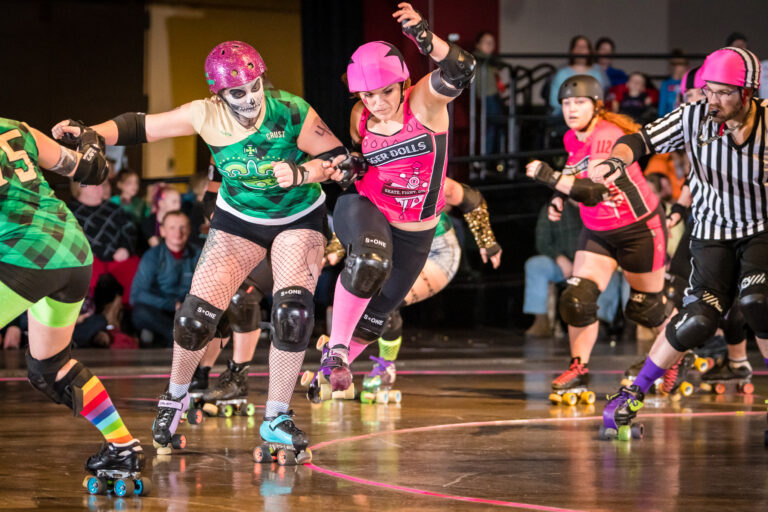



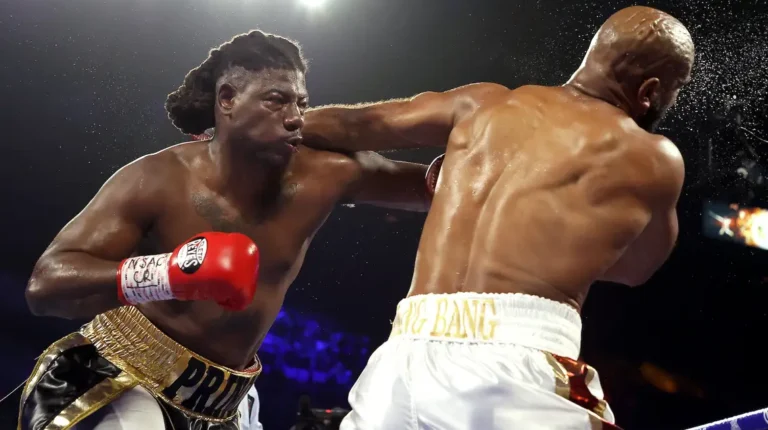
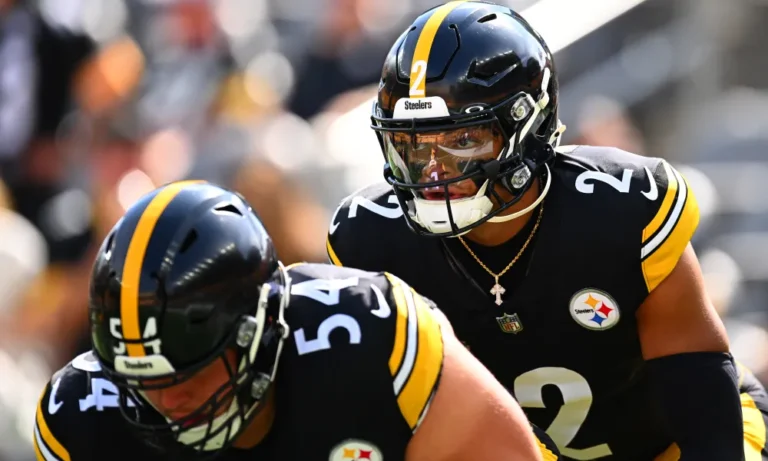



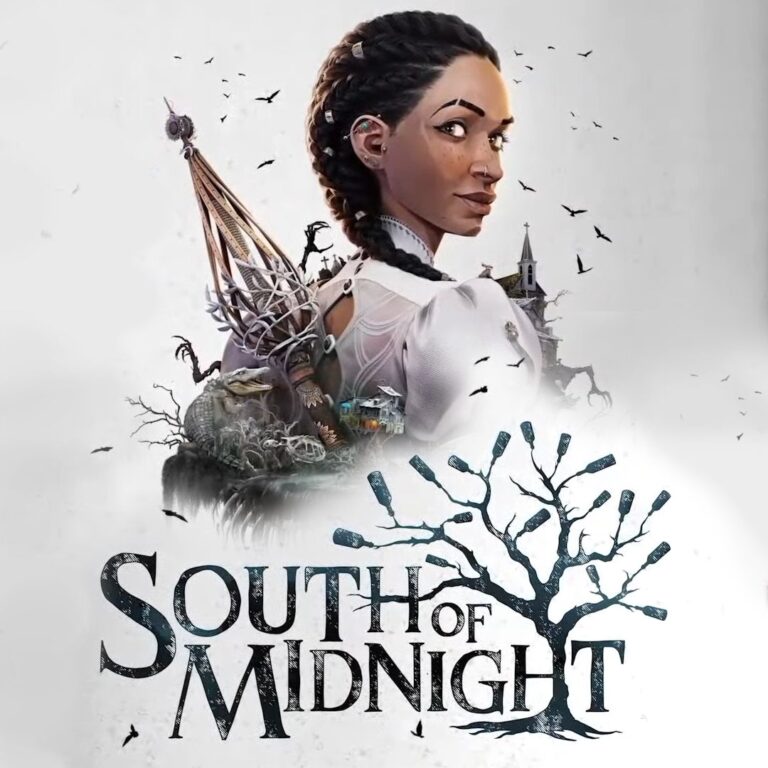
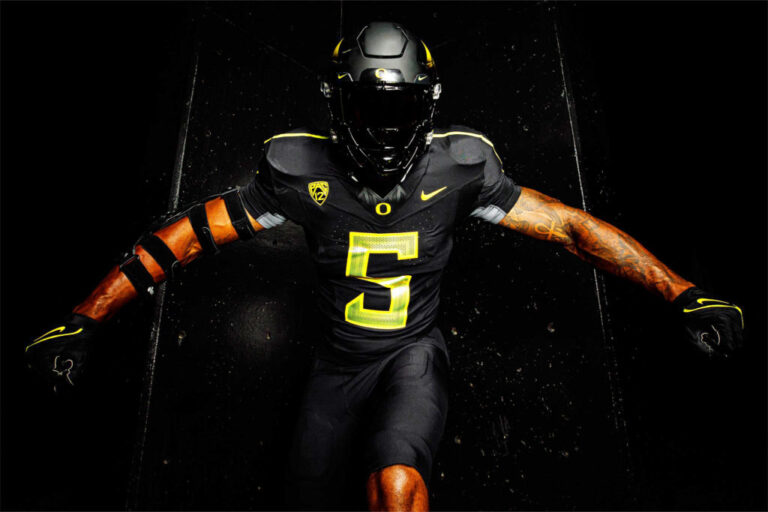


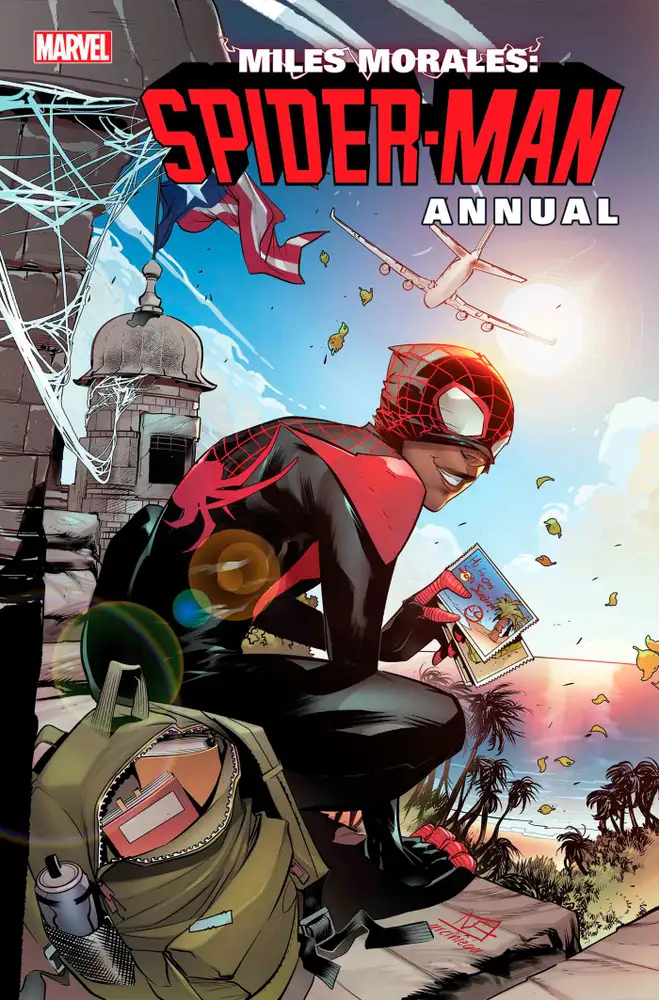
+ There are no comments
Add yours